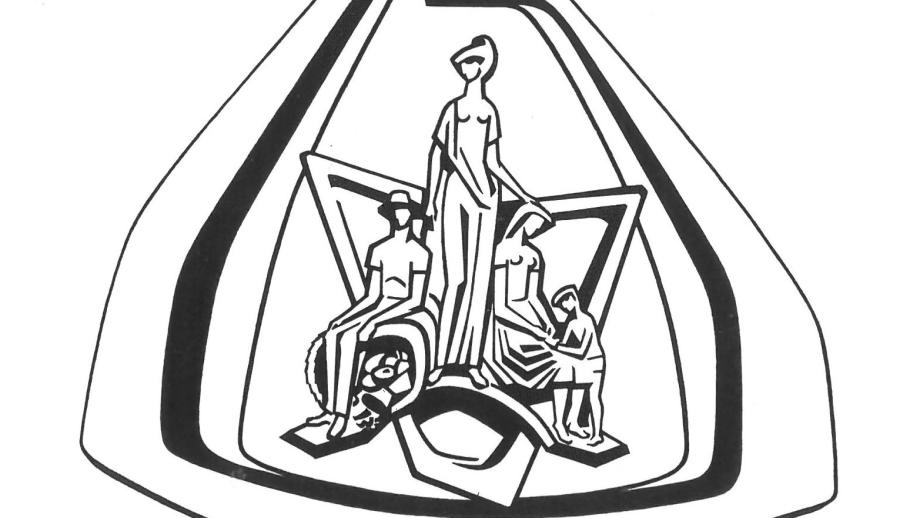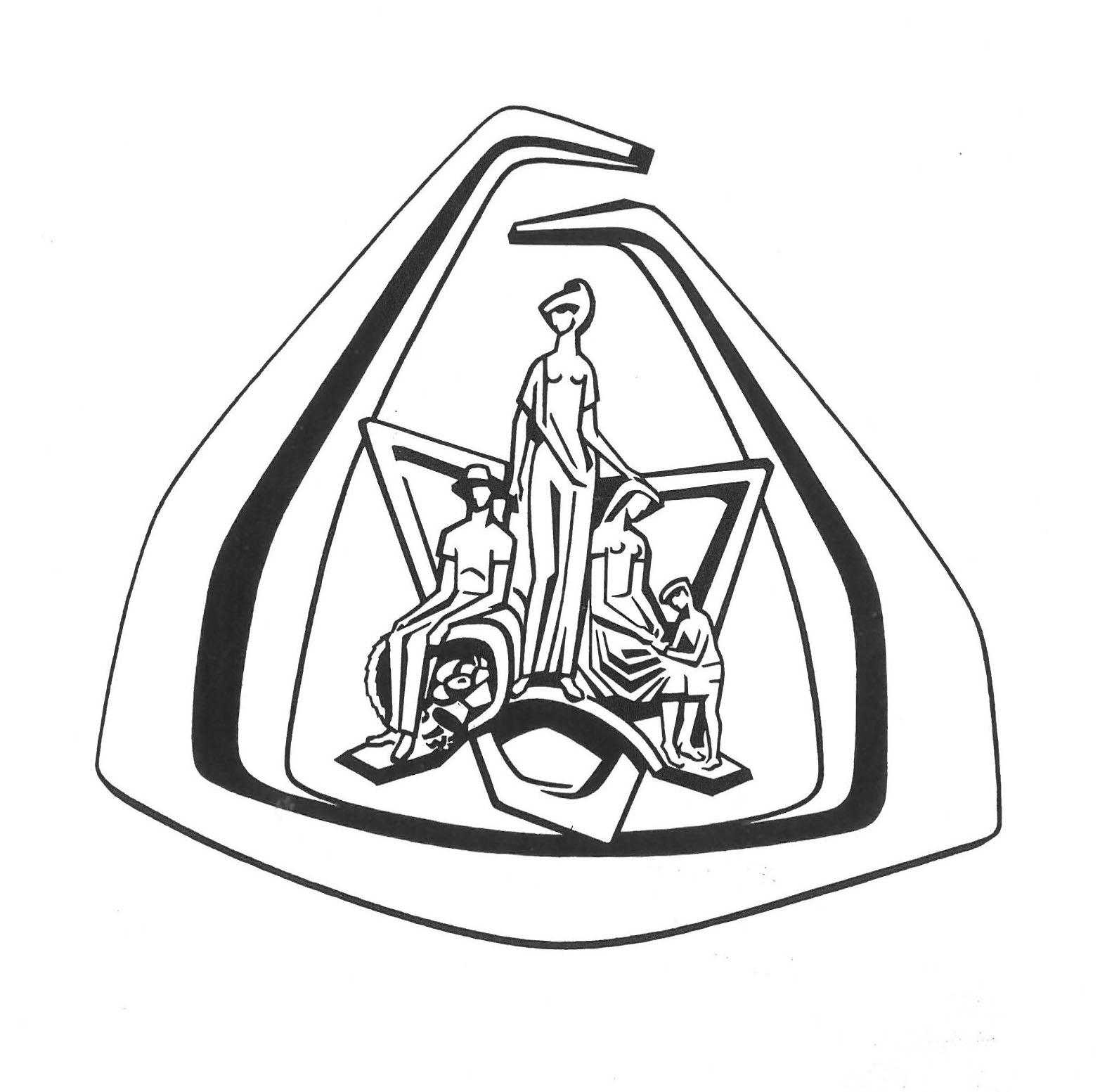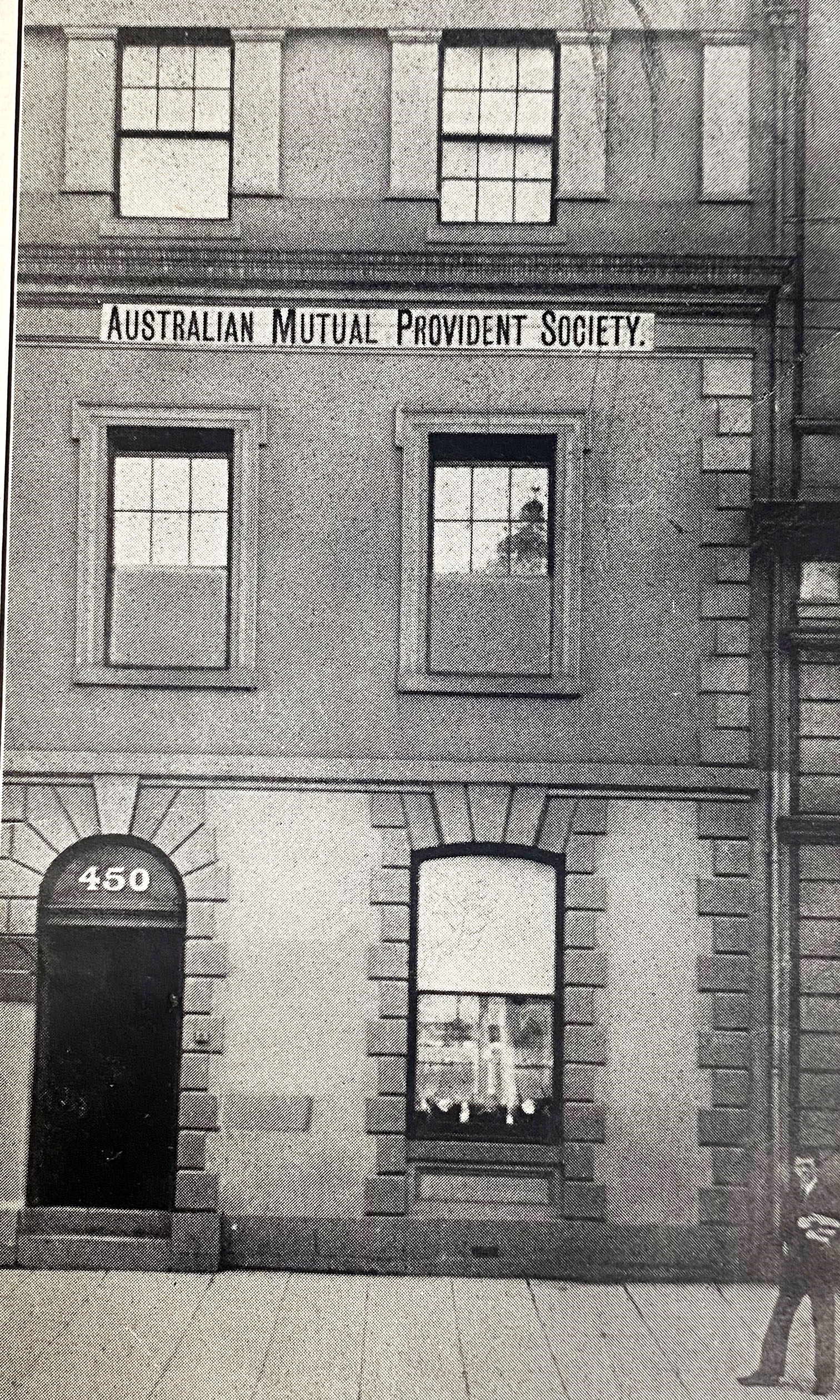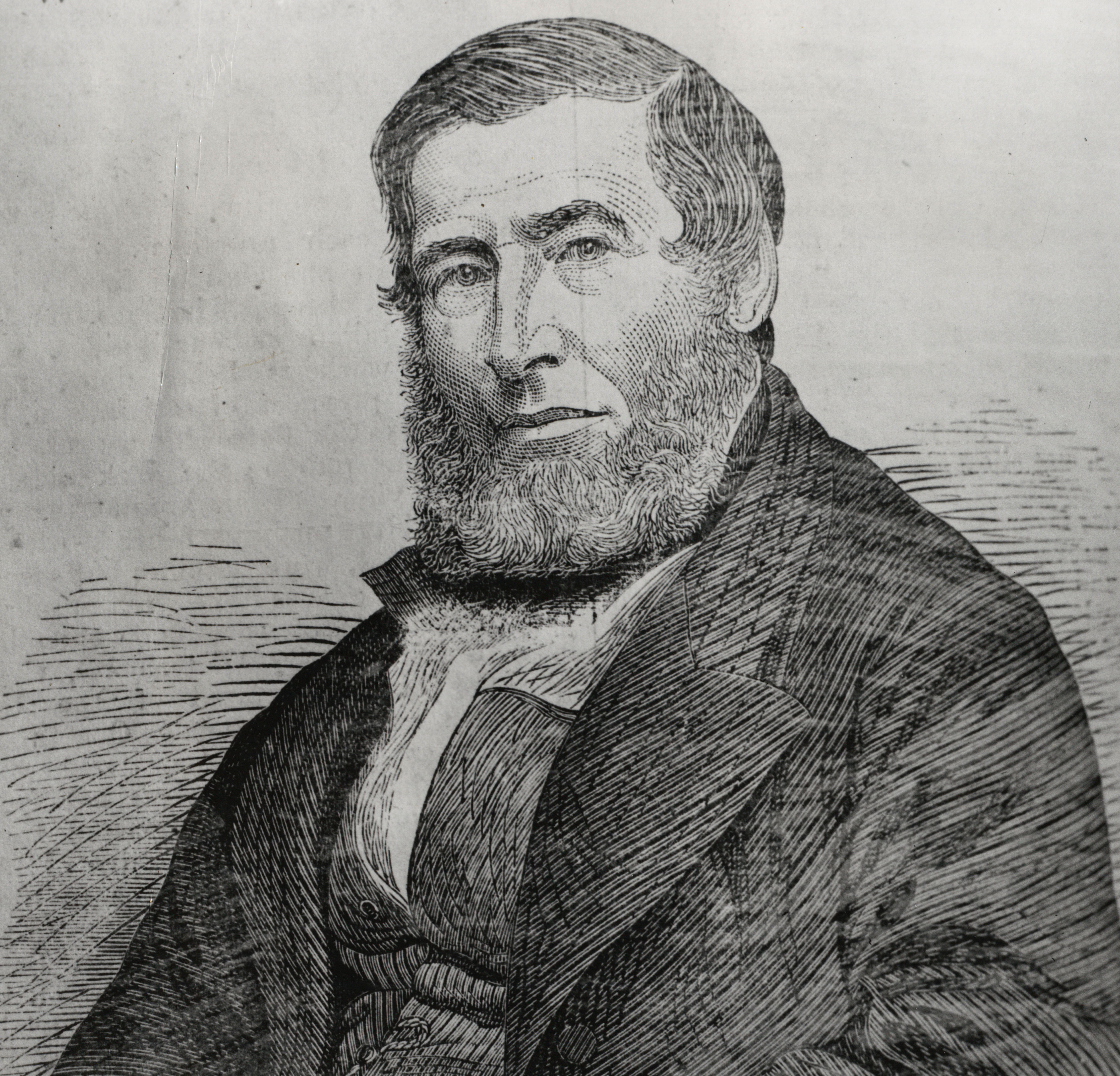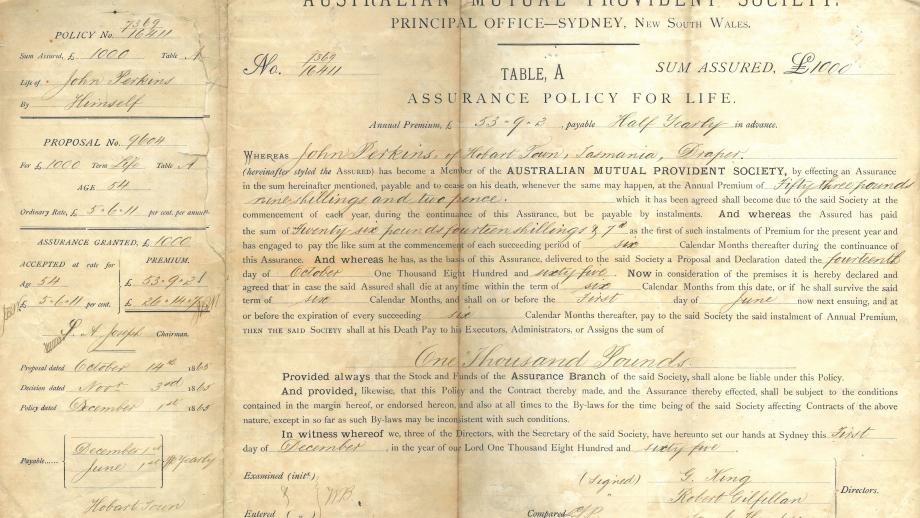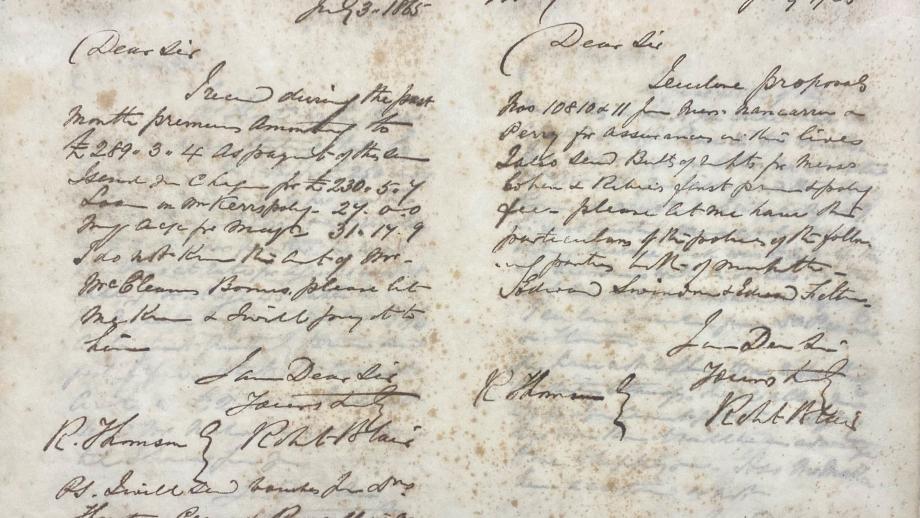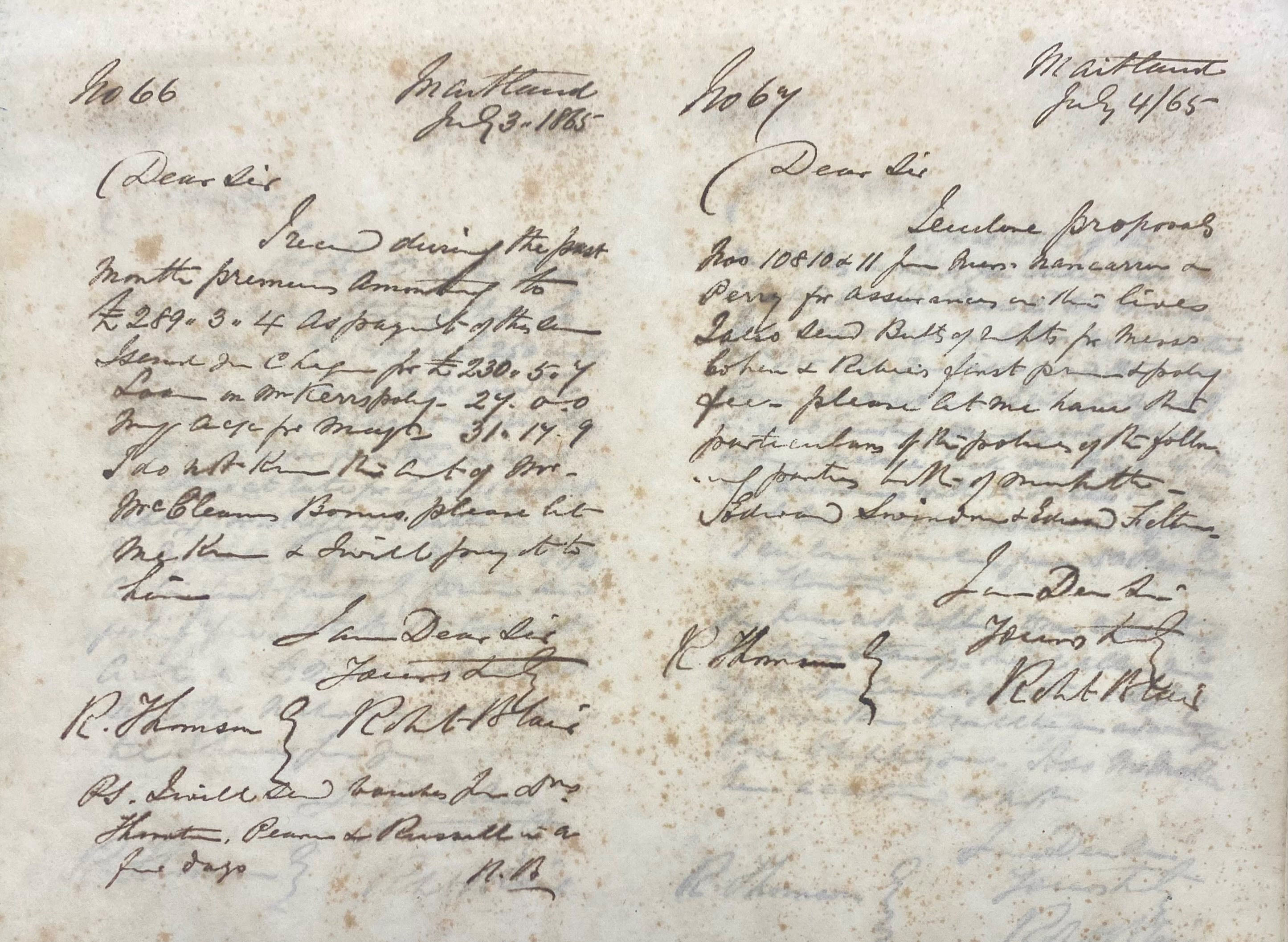Progress and Expansion
In the early years AMP’s business was divided into three distinct branches – insurance, endowment, and deferred annuities. However, only the insurance business was thriving.
In 1856, AMP sought to obtain an Act of Incorporation, noting that the Friendly Societies’ Act under which it was registered did not offer ample opportunities for expansion. Notably, the Act didn’t allow AMP to purchase land for offices. With the passing of a new Act on 18 March 1857, for the first time anywhere in the world, provision was made for the protection of the proceeds of life policies and annuities against the claims of creditors, making AMP the first business in the world to issue policies subject to this protection. The Act was also the first in Australia that protected women’s property rights. A policy held by a married woman was normally controlled by her husband, but the Act treated married women as if they were single, allowing a woman to control her policy and dispose of it as she wanted, rather than allowing her husband to control it or for it to be seized by a creditor to pay for her husband’s debts (Blainey, 1999).
AMP operated more democratically than most businesses. Each year the terms of two directors would end and only one could stand for reelection, with terms lasting three years. A board position was coveted but the obligations were onerous. Each director had their own career outside AMP but was required to attend weekly meetings to approve new policies.
AMP was quite progressive in relation to women and children. All female policyholders, married or single, were entitled to vote at the annual meeting. Children could also be members of AMP provided they had permission from a parent or guardian. Technically there was nothing preventing a woman from becoming a director, although “he” was always used in any documentation.
On 22 June 1860 AMP appointed its first full-time agent, Mr Benjamin Short. Until that point new business had been procured through the directors and erratic efforts of local agents, but in hiring Mr Short AMP pioneered the canvassing system.
In 1862 AMP purchased a block at 60 Pitt Street, one of the largest vacant blocks in the Sydney CBD. Architects Reed and Barnes were engaged to produce the design for a new office, with renowned architect Edmund Blackett supervising. The building included gas lamps for staff working late, sixteen iron stoves for heating, speaking tubes to allow staff on different floors to communicate, and hooks outside to allow clients to secure their horses (Blainey, 1999).
The building was completed in 1864 and cost £9,026. A notable exterior feature was a statue created by sculptor Charles Summers. The dominant figure is Eirene, the goddess of peace and plenty, holding a palm branch to symbolise peace and a cornucopia to symbolise plenty. On her left, also holding the cornucopia, is Ponos the god of labour, with a woman and child on Eirene’s right sheltered under her palm branch. The statue bore the Society’s motto ‘Amicus certa in re incerta’, which translates from Latin to ‘a sure friend in uncertain times’. The statue was recreated on AMP buildings throughout Australia.
AMP became firmly established in New South Wales but was slow to expand elsewhere. On a trip to Tasmania and South Australia in 1861, local agents and policyholders made it clear to AMP secretary and actuary Robert Thomson that AMP should establish local boards and offices that were more focused on local interests. Thomson supported this and AMP realised there was a pressing need for expansion, particularly in Victoria, where the population was booming.


